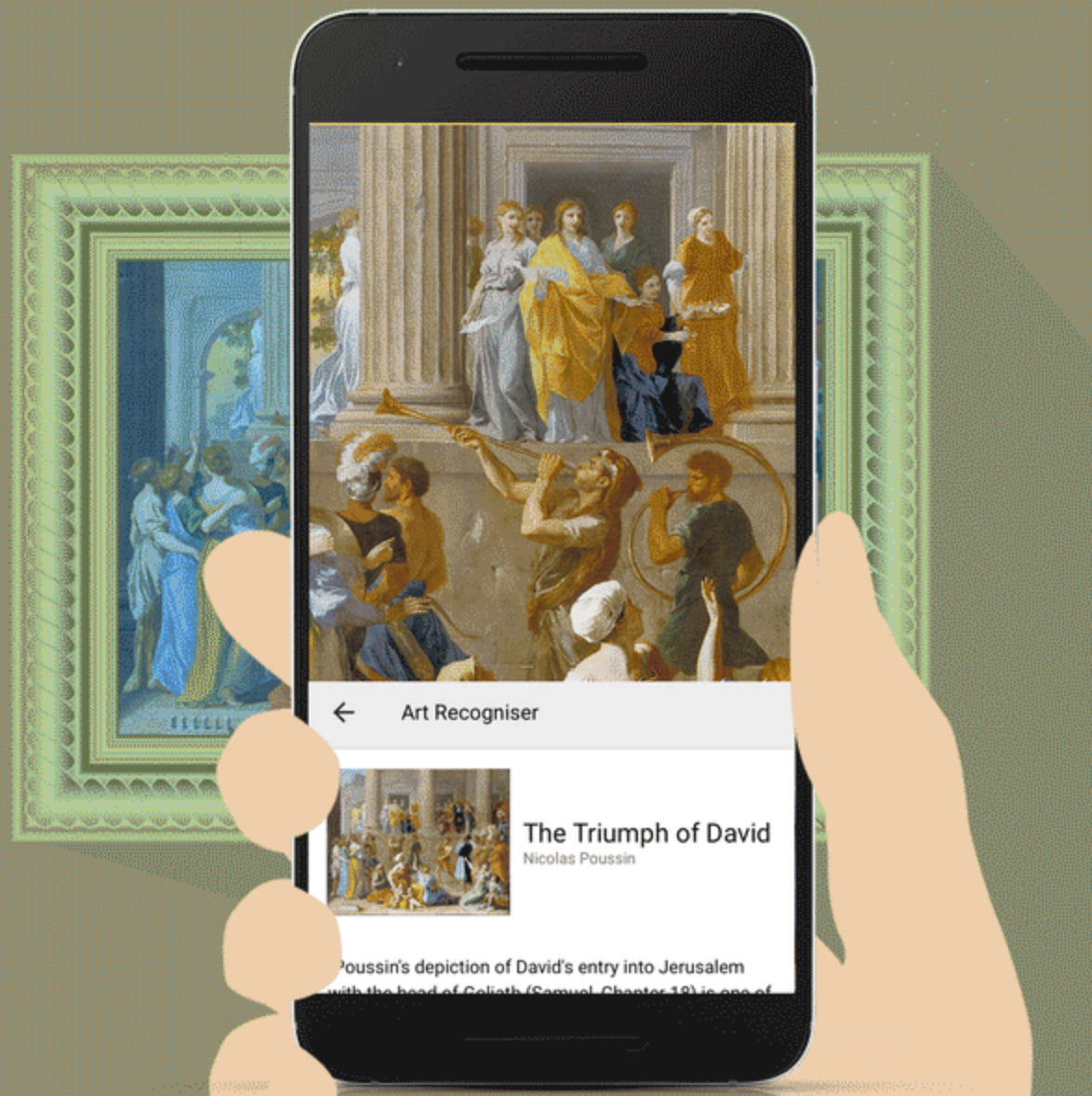
The Victoria & Albert museum, in particular, was an early champion of Scan the World, inviting the project to take part in its exhibition ‘A World of Fragile Parts’ in 2016, in conjunction with La Biennale di Venezia. Although some museums were initially wary of the project, Beck has since been welcomed into both private and public collections as institutions became more receptive to the project and recognized its importance.

The project has hit a number of significant landmarks in its history, and today has more than 17,000 objects in its 3D printable collection. The scans are then digitized and optimized for 3D printing before being made freely available to the 3D printing community, educators, and other artists. Photo via SMK Museum.įounded in 2014 by Jonathan Beck, Scan the World is a cultural heritage project that uses a variety of 3D scanning techniques to capture art from around the world. Scan the World uses a variety of 3D scanning techniques to capture art from around the world, which are then digitized and optimized for 3D printing. The partnership will leverage Scan the World’s expertise in open data and 3D printing technologies and Google Arts & Culture’s storytelling platform to put 3D printable artefacts in the hands of enthusiasts, educators, and artists.ĭata archived on the Google Arts & Culture platform will be viewable in 3D, with STL files able to be downloaded from Scan the World on 3D file marketplace MyMiniFactory’s website.

London-based cultural heritage project Scan the World has teamed up with Google Arts & Culture to expand its collection of open-source, 3D printable art.


 0 kommentar(er)
0 kommentar(er)
